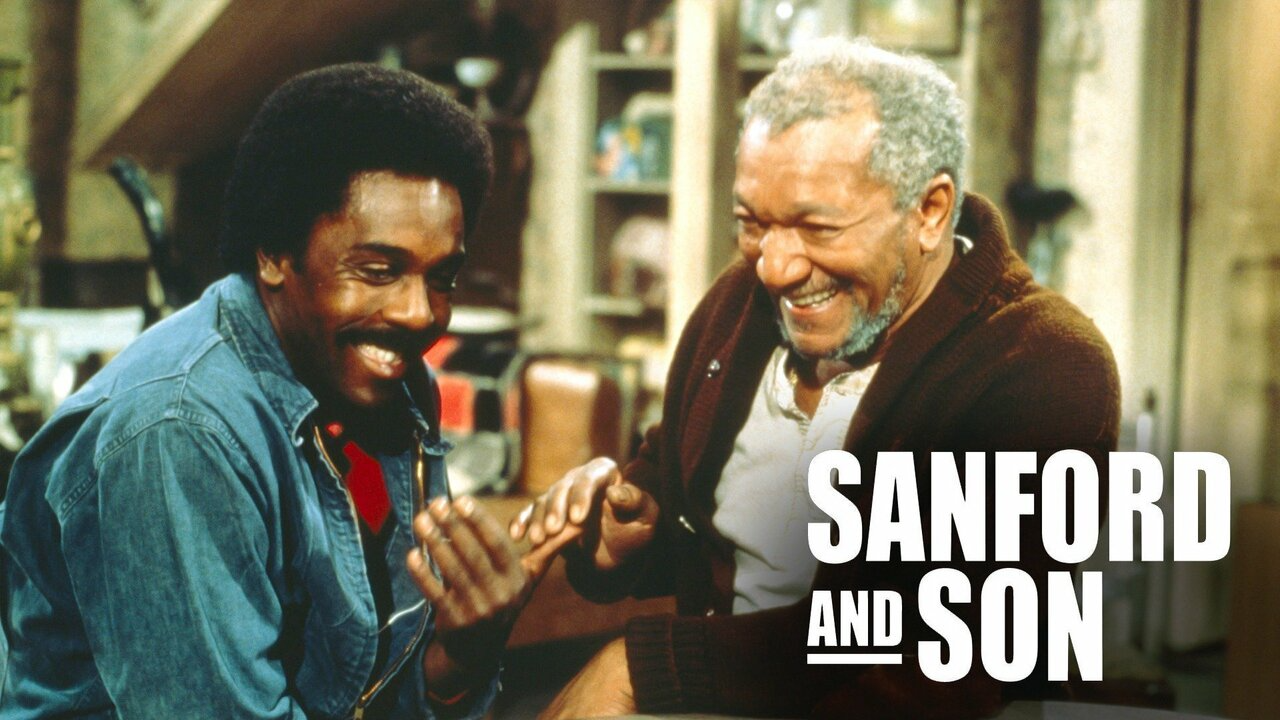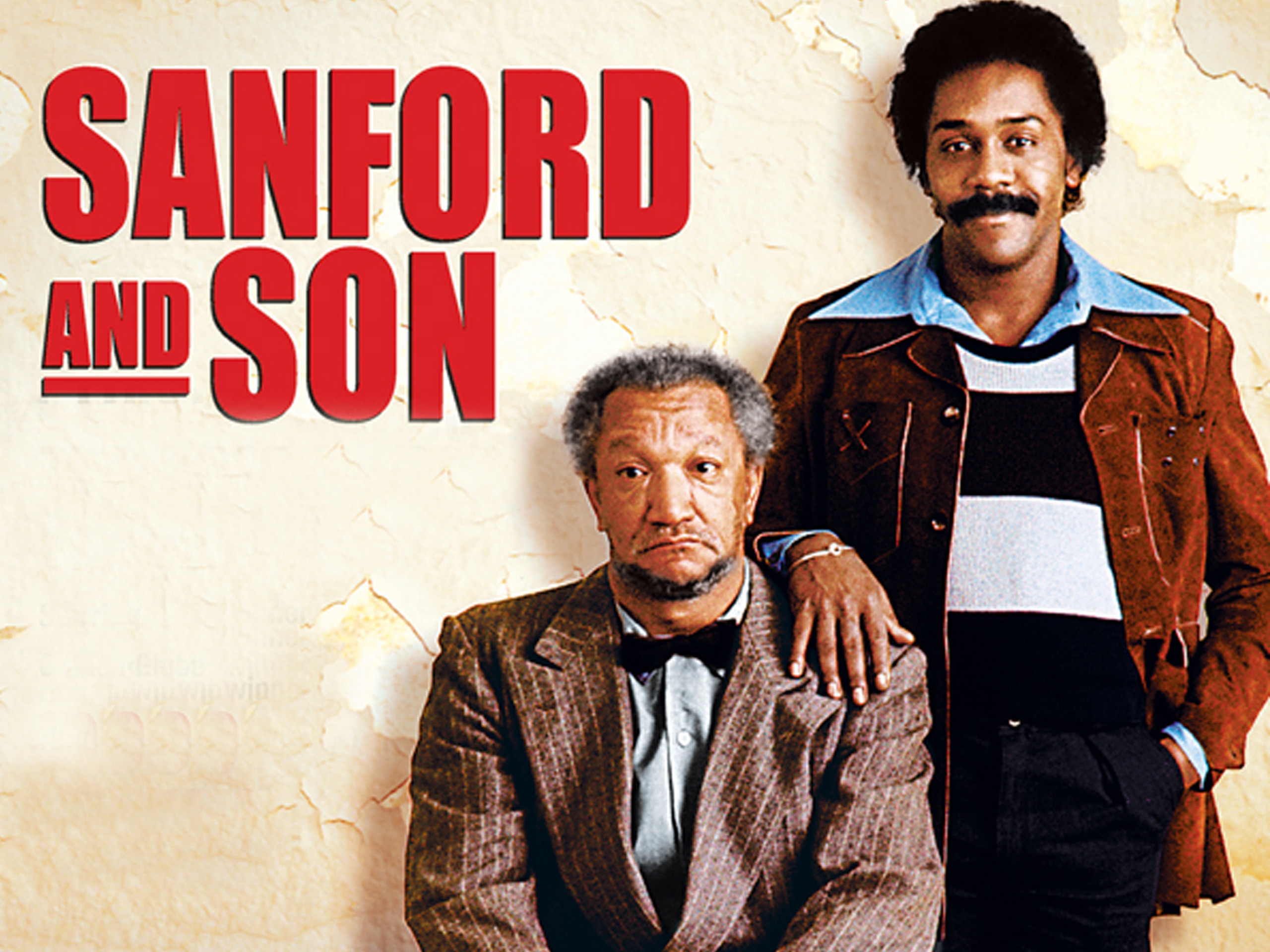
When we turn on our TV (or other viewing screens, as the case may be) for some downtime and entertainment, we don’t usually consider how our viewing habits are representing the societal values and challenges of our particular time and place within the arc of human history.
A few sitcoms of the early 70s — such as All in the Family, The Mary Tyler Moore Show and, of course, Sanford and Son — stand out as truly breakthrough moments in the history of American television.
Sanford and Son TV show still
Fred and Lamont Sanford are pictured in this still with the Sanford and Son truck
Instead of presenting a romanticized view of American life as had been the habit of television studios for the previous two decades, show producers like Norman Lear took bold risks in choosing to address the social discourse of the 1970s, including loaded topics like racism, anti-government protests and women’s rights — among others.

Outspoken characters like Archie Bunker and Fred Sanford were shocking — as they were intended to be — but they were unique only to television. Audiences ate it up, because these people were real (even if stereotyped).
Whatever hot-button social issue an episode explored, Americans on either side could relate, because the conflicts they portrayed were exactly like those they were experiencing in their own lives.
Norman Lear debuted Sanford and Son after the success of All in the Family — not so much as a counterpoint to Archie Bunker on race issues, but to reflect and explore on social issues with perspectives entirely unique from those of white Americans.
